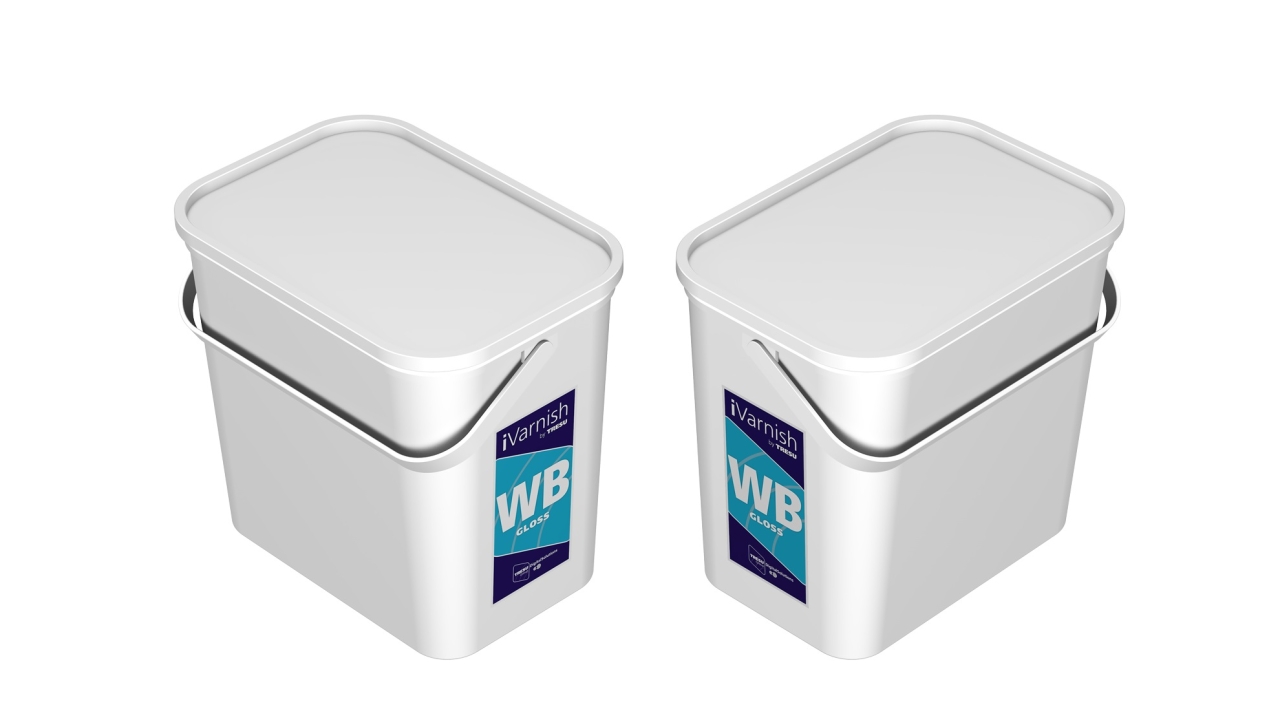Tresu introduces iVarnish for optimized coating of sheet-fed digitally printed folding cartons
Tresu has launched a range of proprietary water-based and UV-curable overprinted varnishes designed to offer enhanced protection, aesthetic appeal and converting efficiency for digitally printed folding cartons.

The Tresu iVarnish range has been formulated for the company’s iCoat and Pinta flexo coating systems, which offer in-line spot and flood varnish application following the print stage.
Properties of the iVarnish range include excellent slip angle for easy feeding of the substrate, rub resistance to ensure brand integrity is maintained, and viscosity characteristics for optimized curing and drying at speeds of up to 5,000sph on board substrates ranging from 180-500gsm.
The range includes UV-curable and water-based high-gloss, gloss and matte varnishes, while additional water-based varnishes with German and Swiss Ordinance-compliant safety properties are available for food and pharmaceutical applications.
Tresu recently added the iCoat 30000 Twin to enable single-pass double coating on digitally printed folding cartons and so open up new possibilities for folding carton converters.
Tresu said combining the iCoat system with iVarnish offers a simpler alternative to an off-line workflow that requires stand-alone coating equipment. Market sectors targeted include cosmetics, pharmaceuticals, retail promotional packaging and foods.
Kim Krintel, senior manager for print technology at Tresu, said: ‘The Tresu iCoat and Pinta in-line coaters have generated global interest because they have brought significant productivity and cost benefits to the folding carton workflow.
‘Based on Tresu’s expertise in flow control, iVarnish is fine-tuned to the unique conditions of the coater, its compatible substrates and components. As a result, the new range gives assurance of productive and clean application and pristine quality, in a wide range of end-user niches.’
Stay up to date
Subscribe to the free Label News newsletter and receive the latest content every week. We'll never share your email address.

